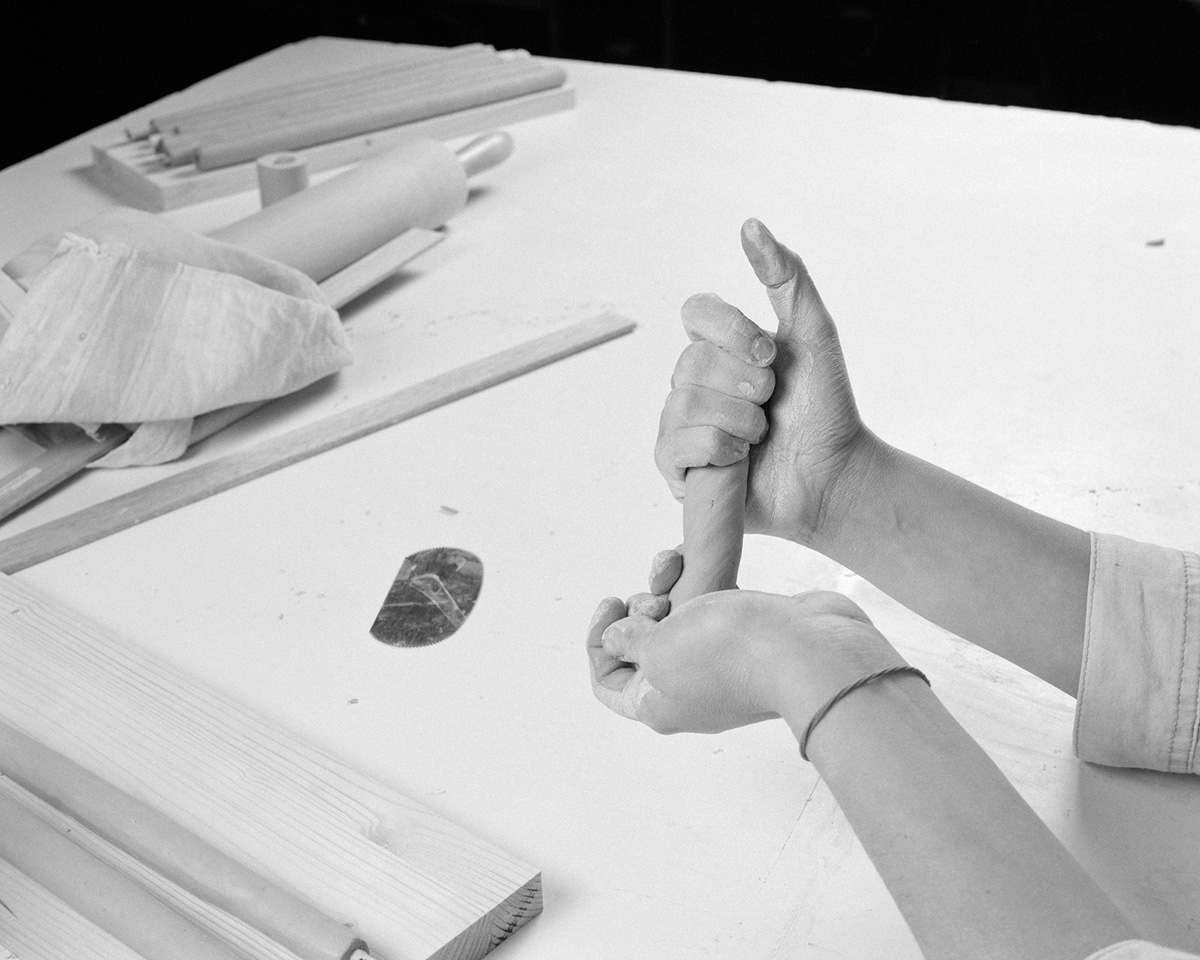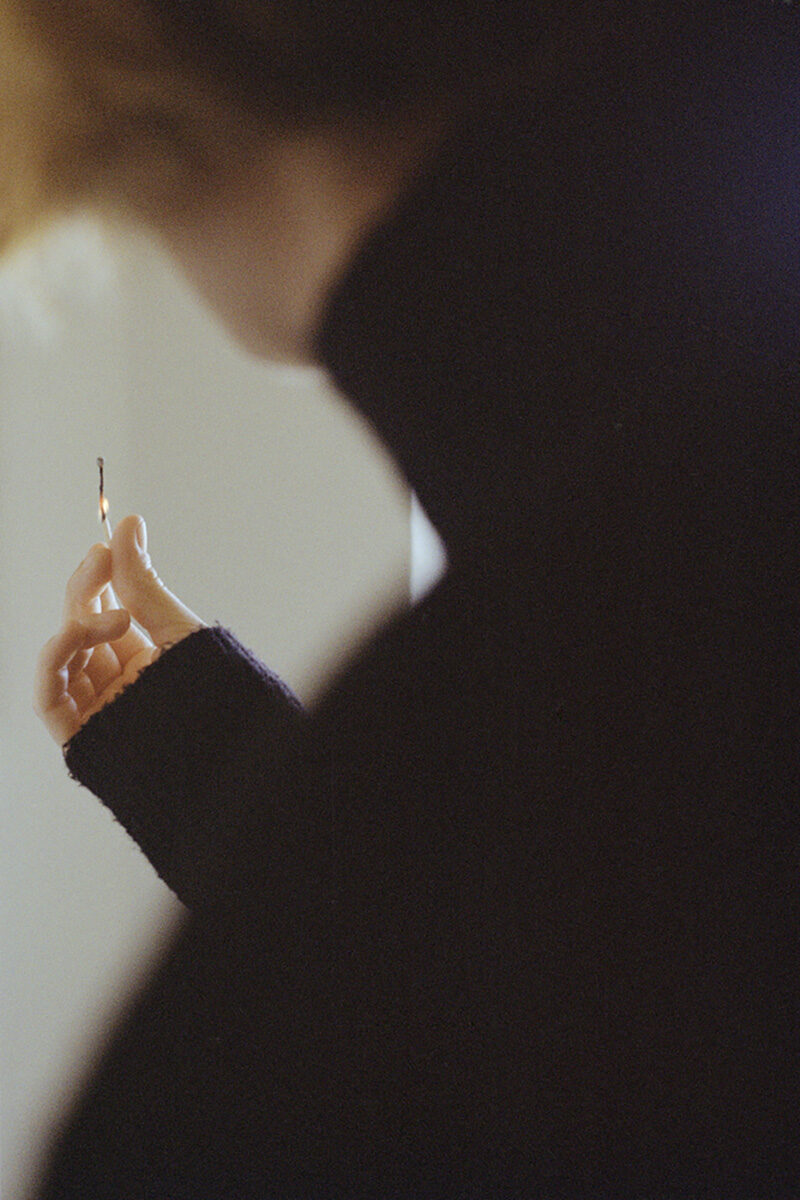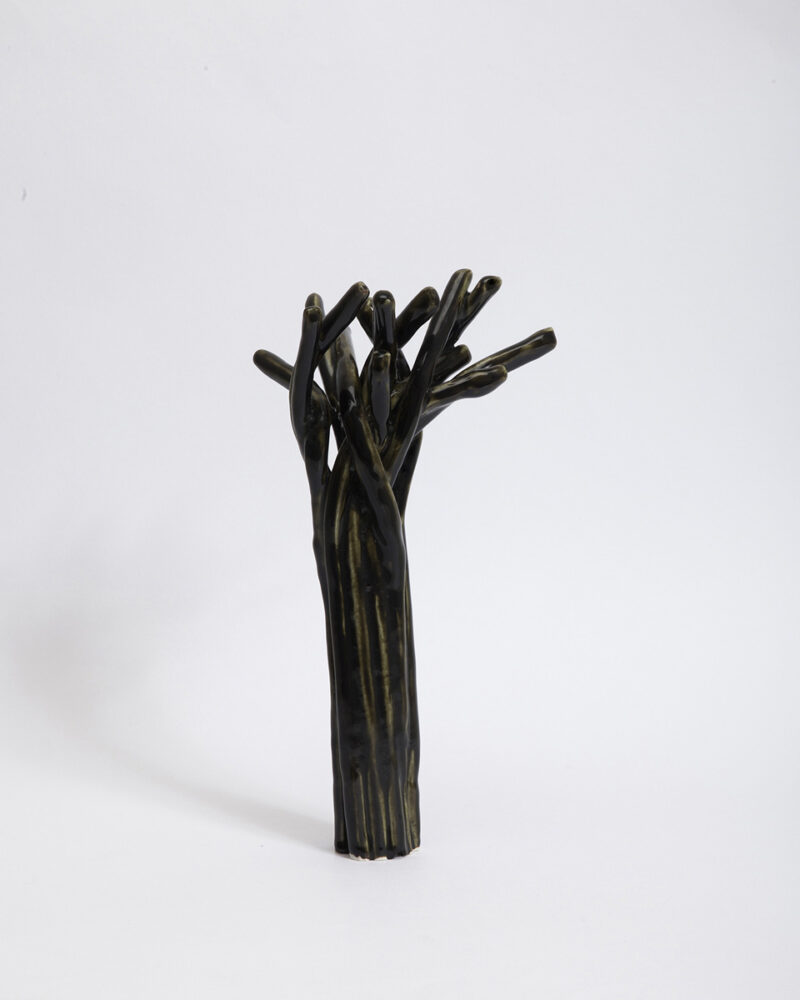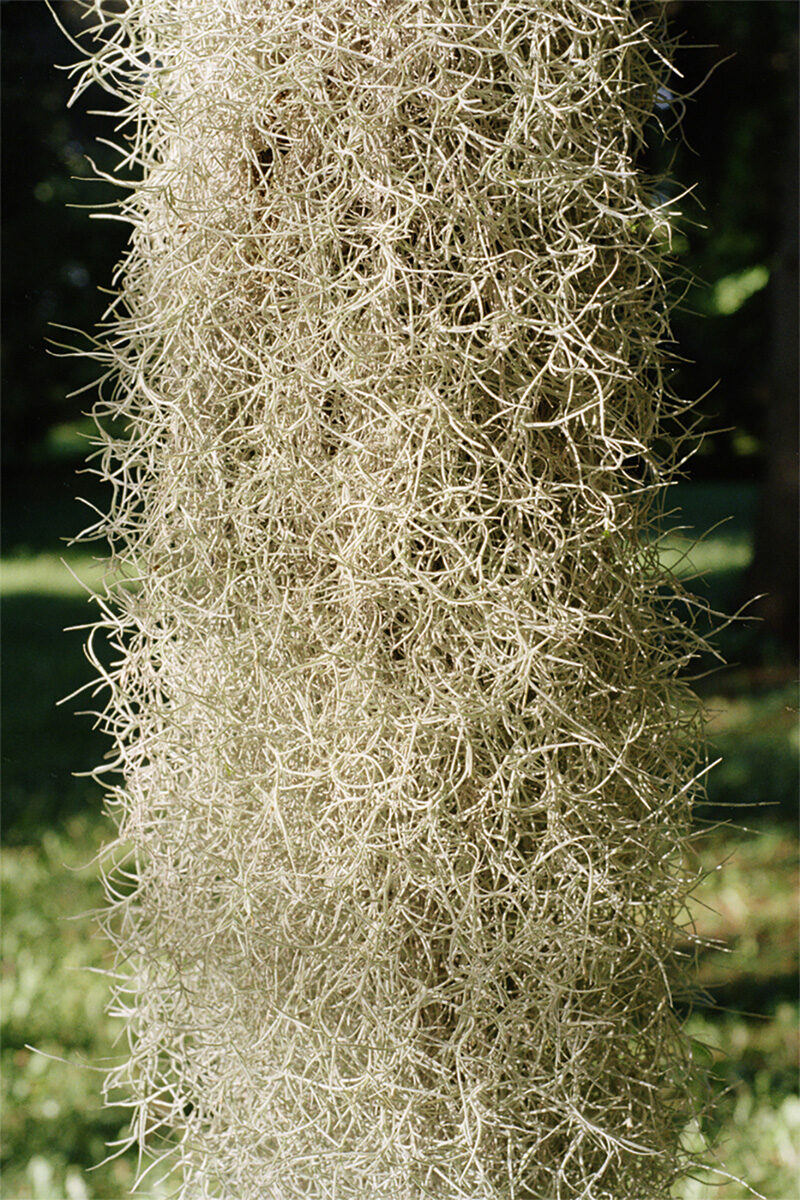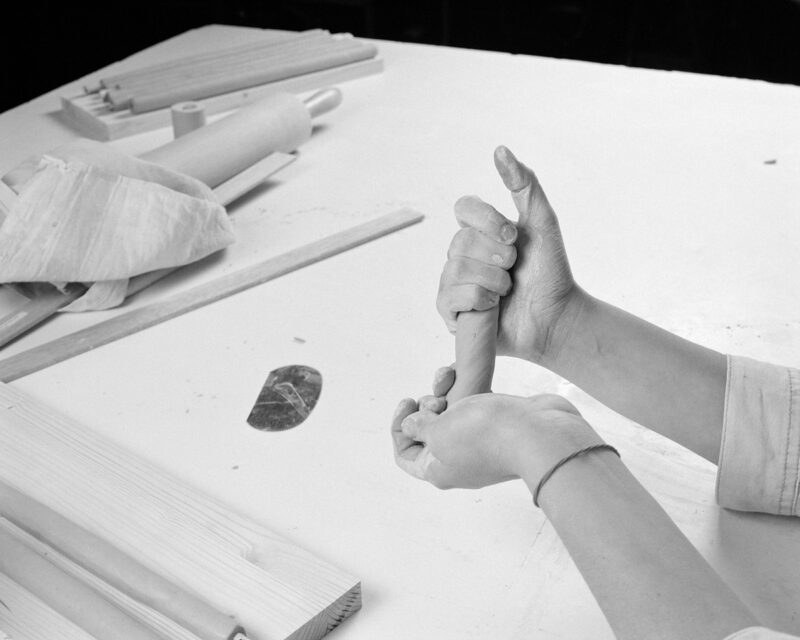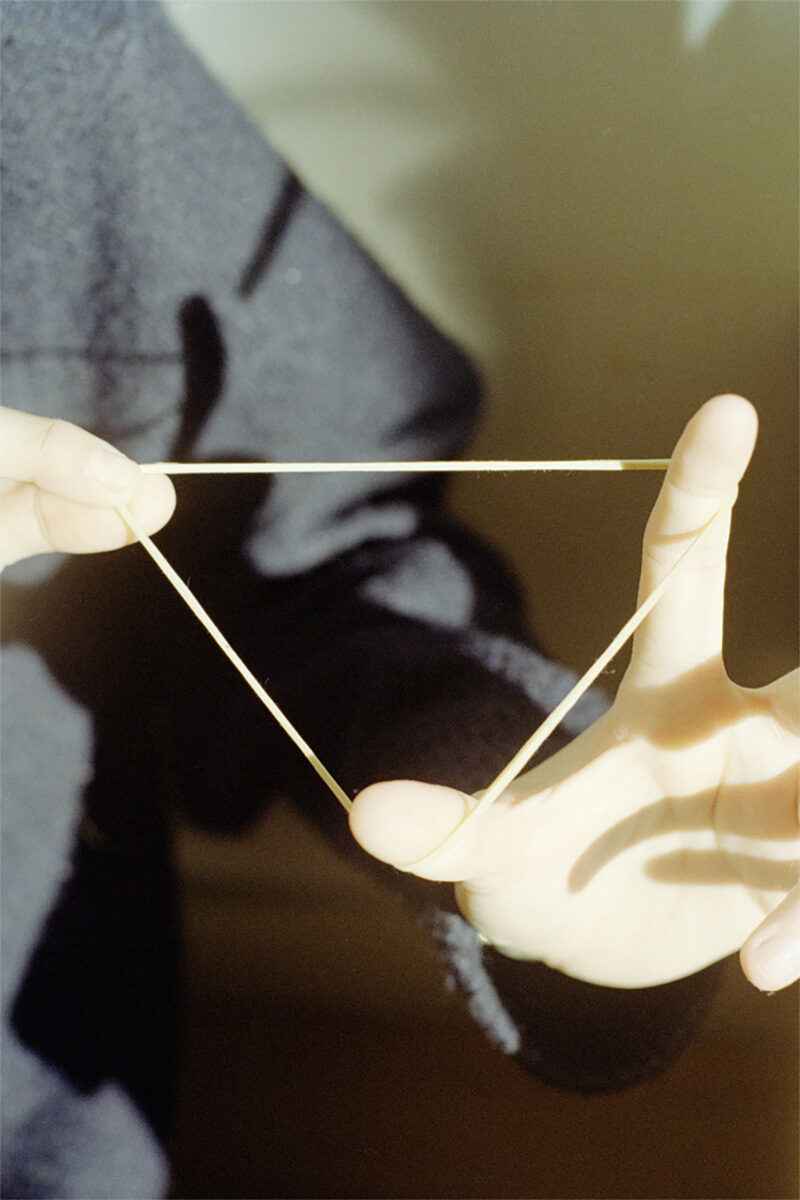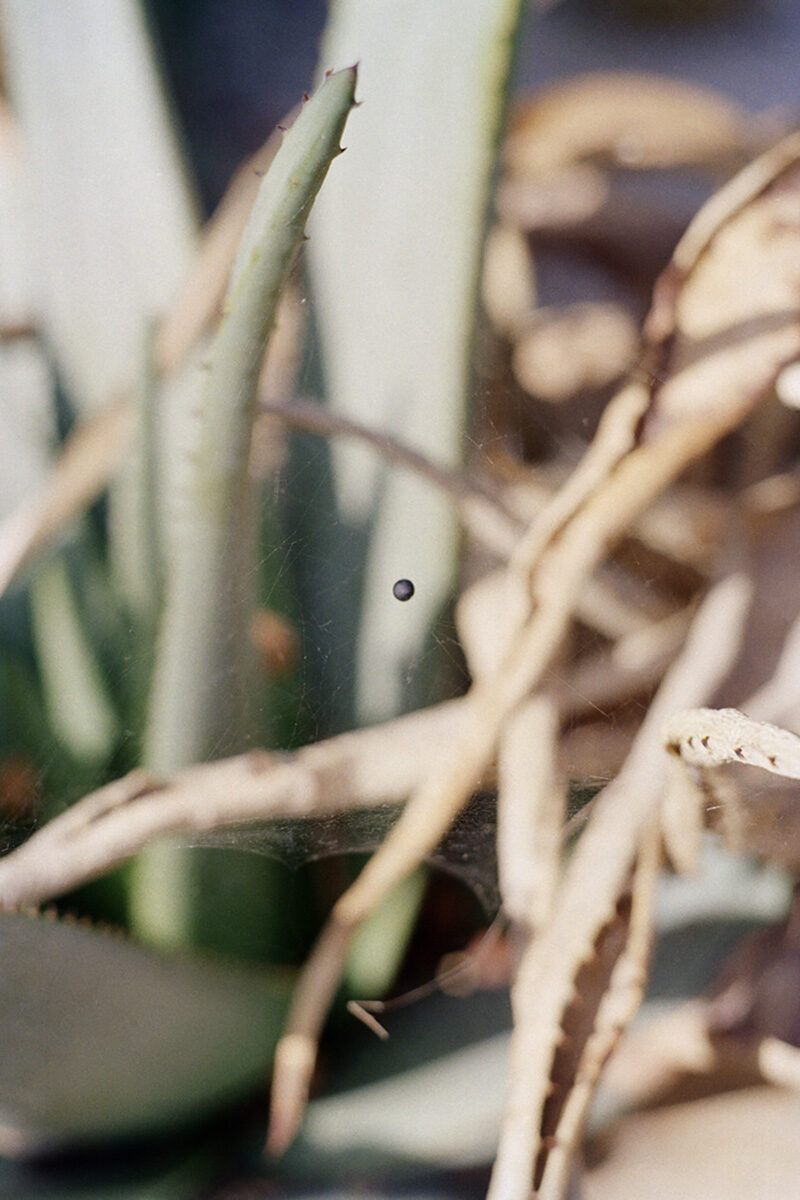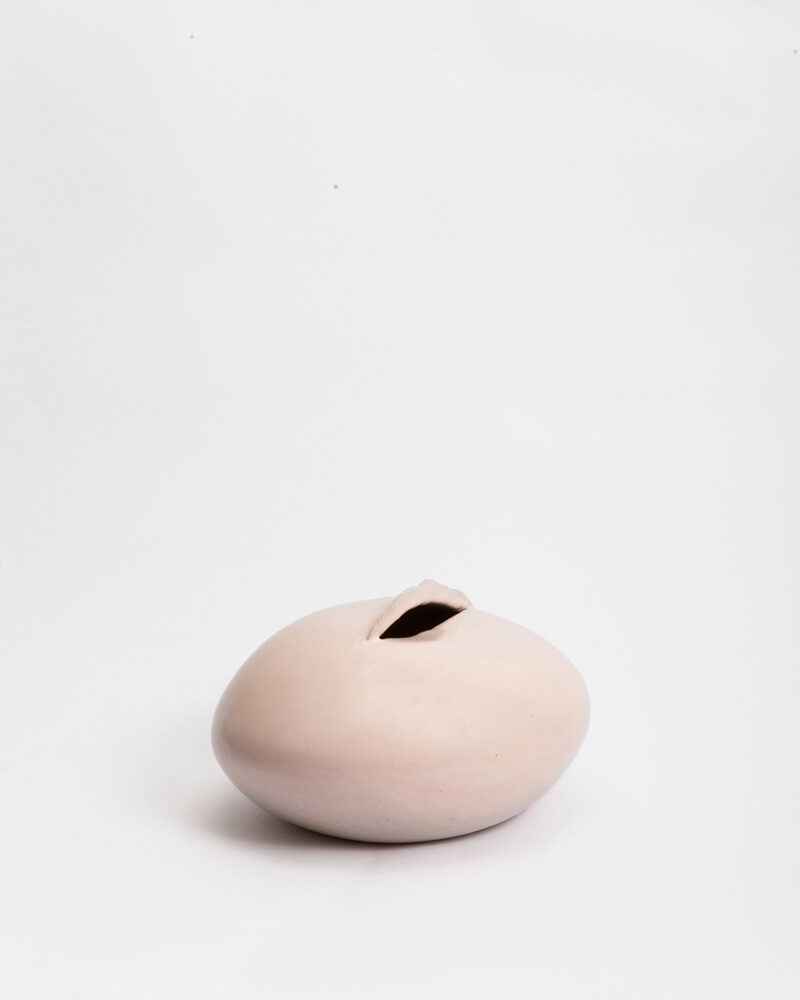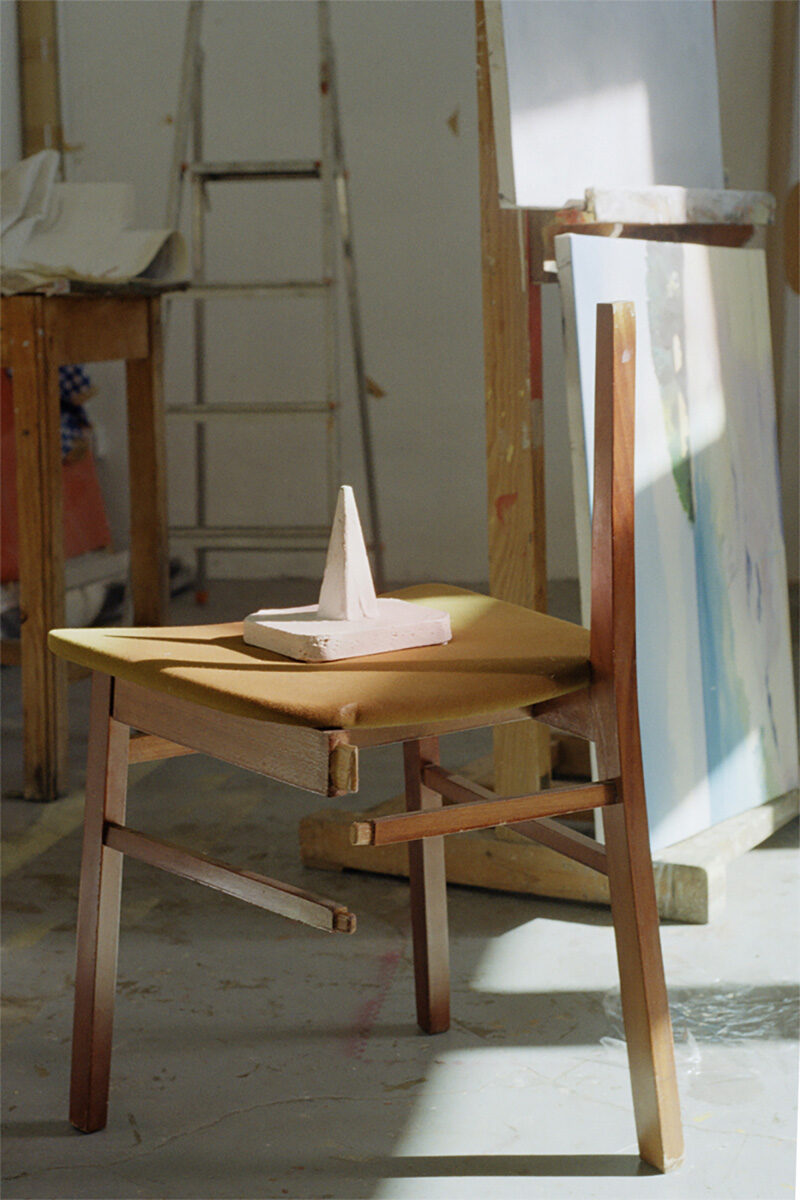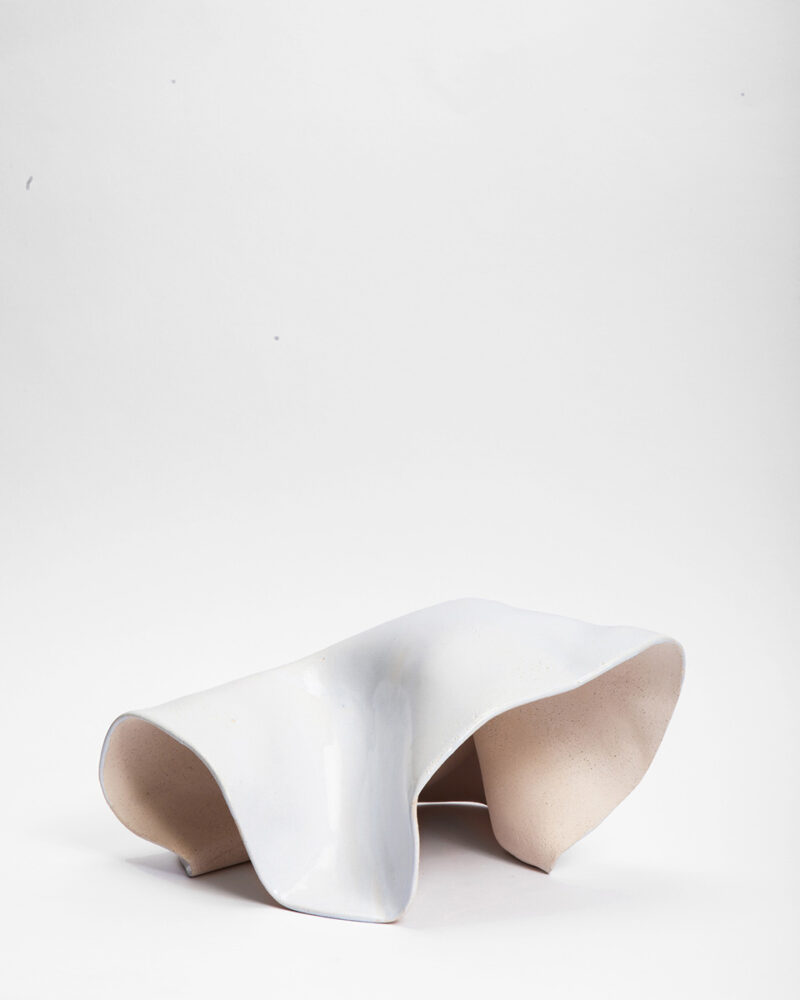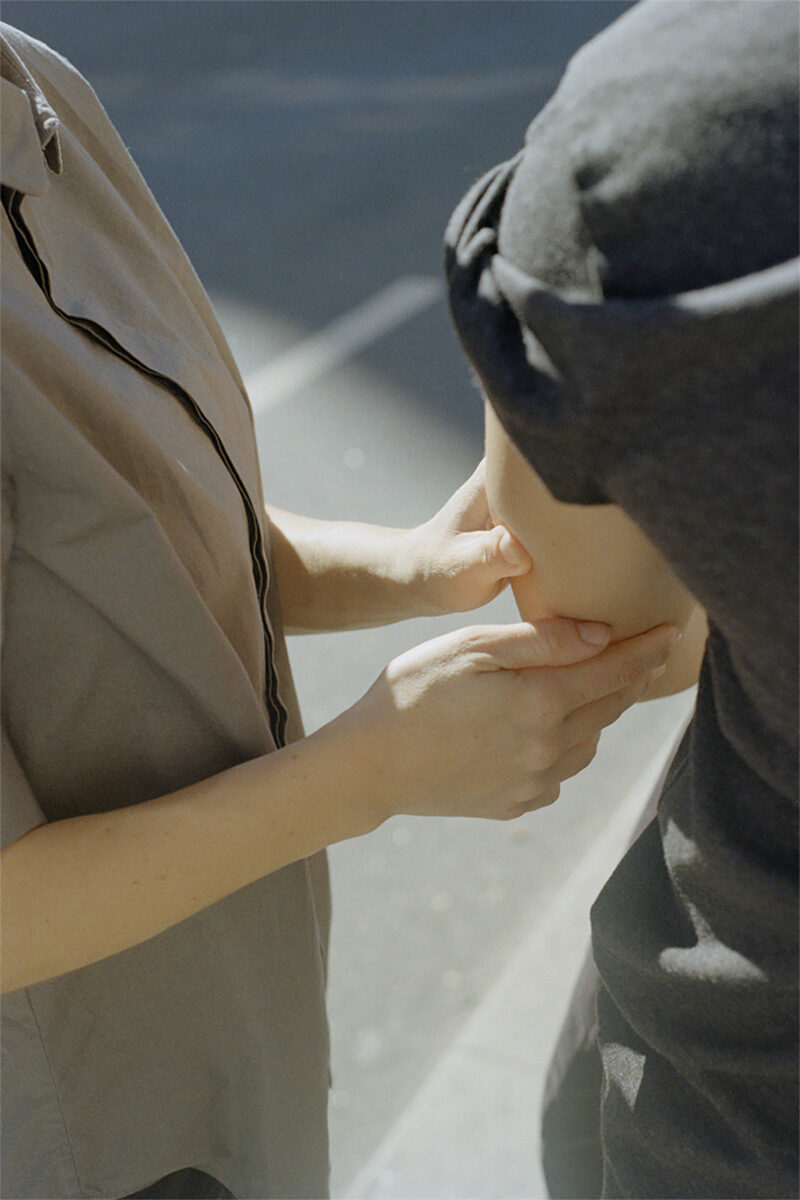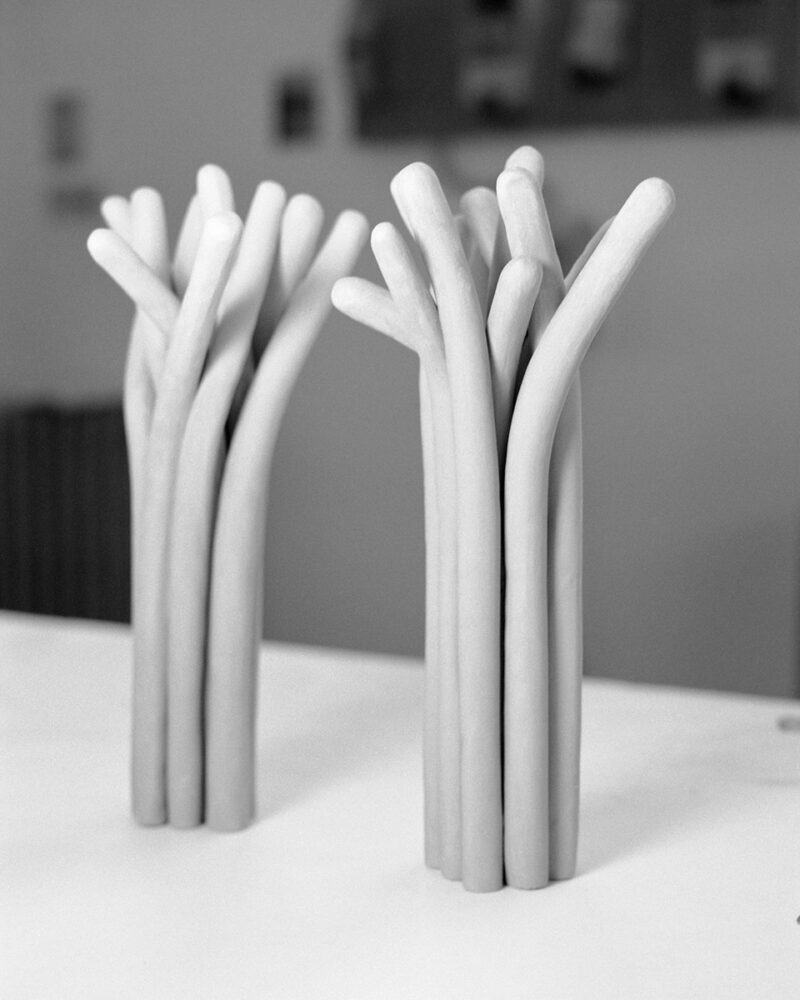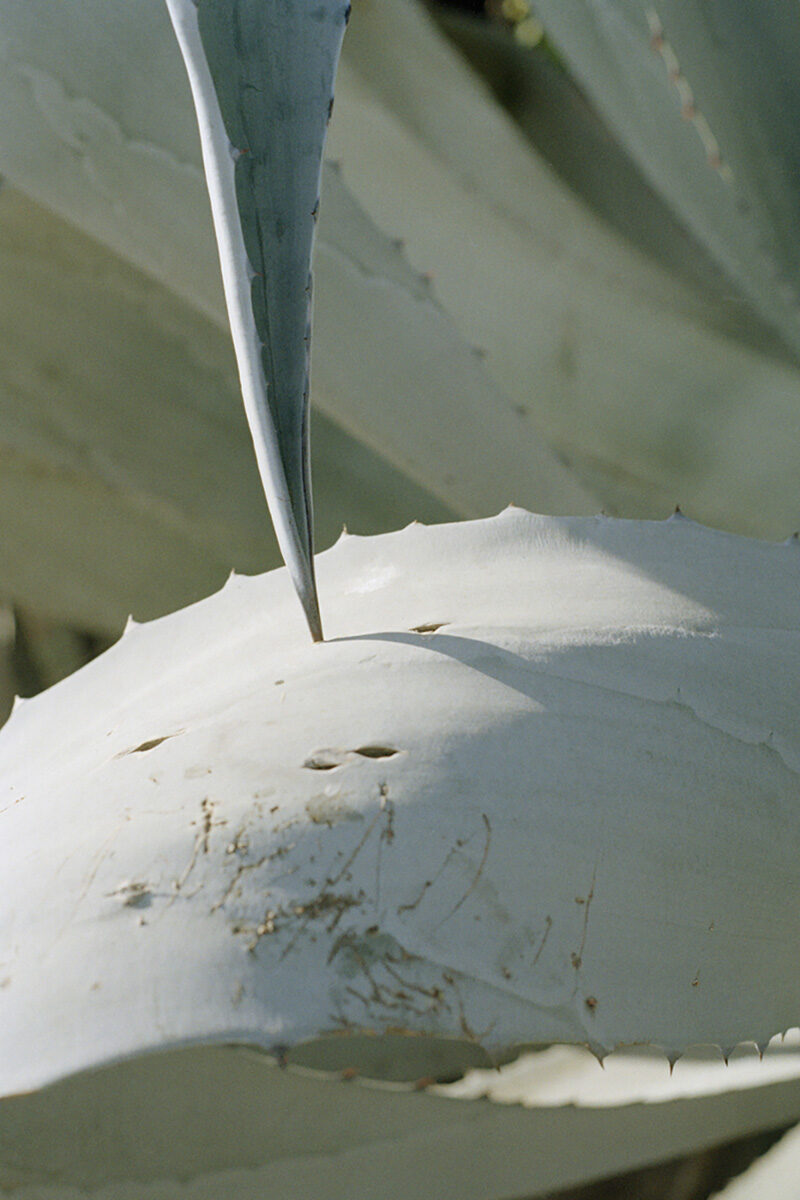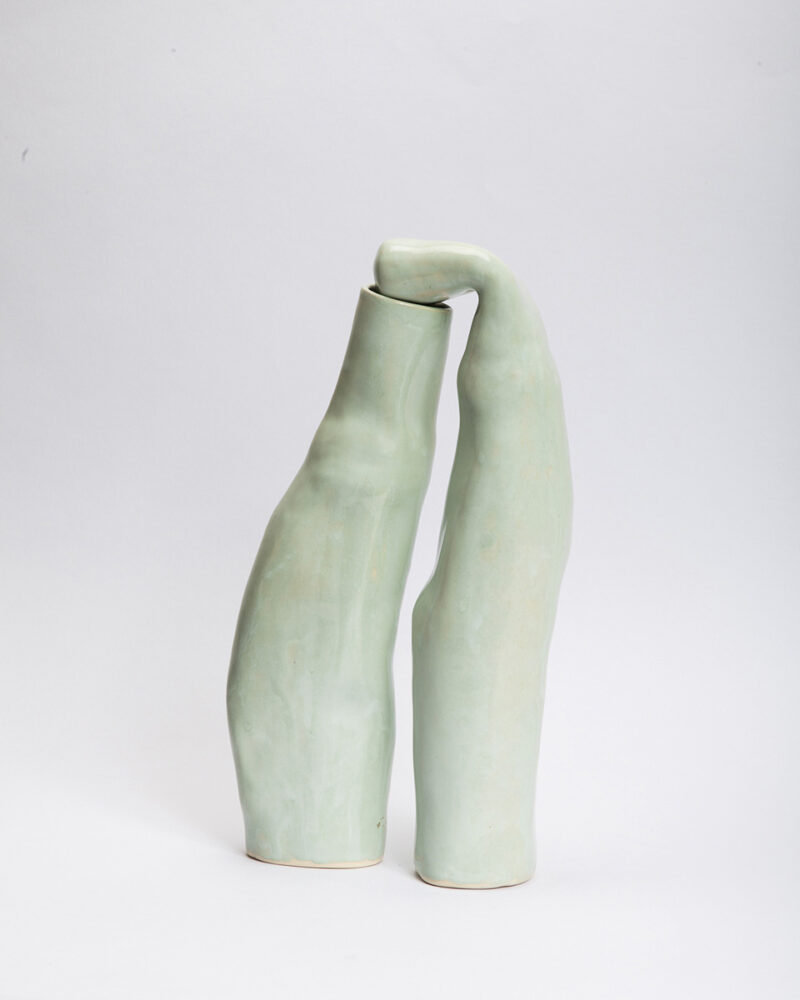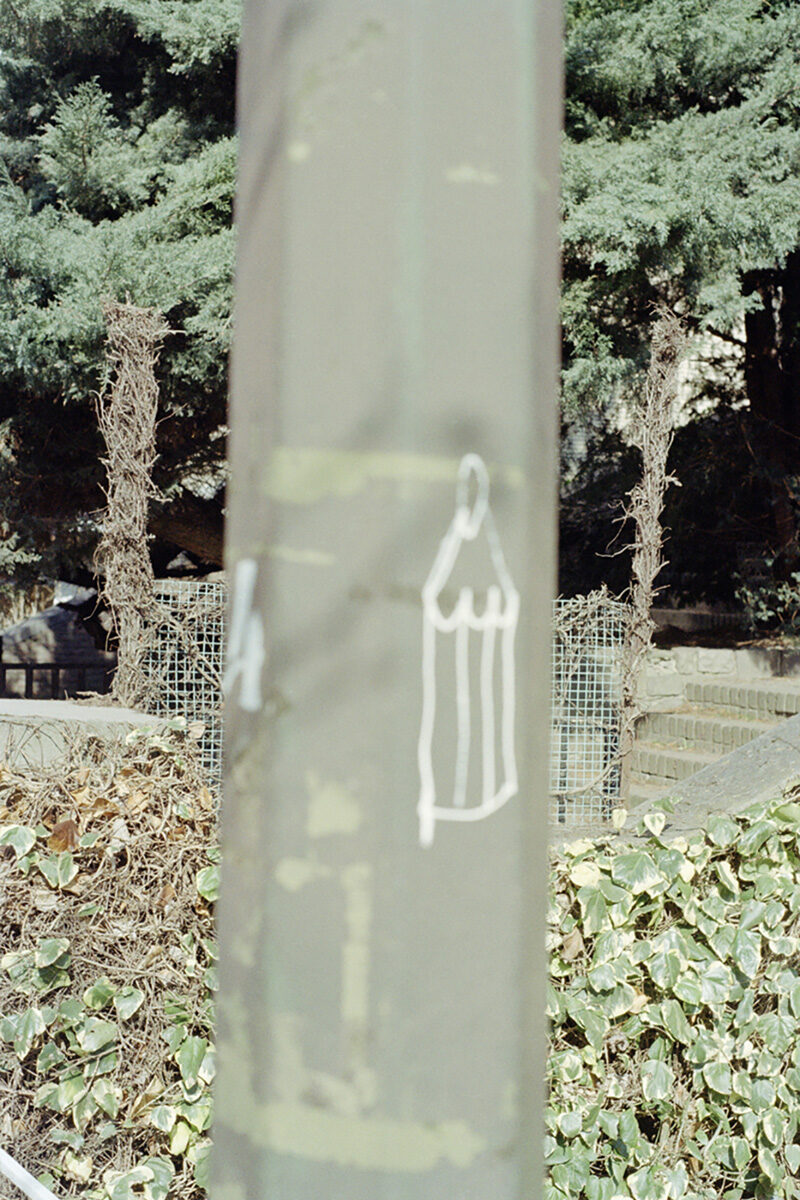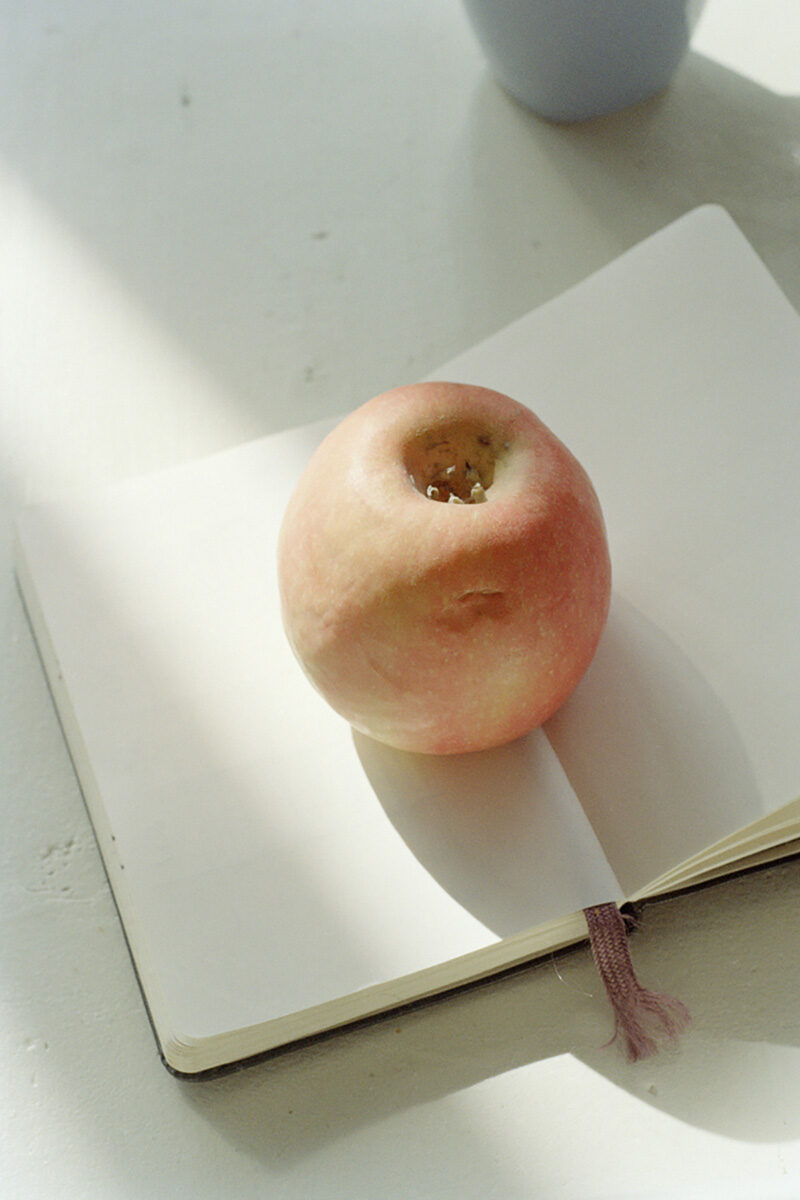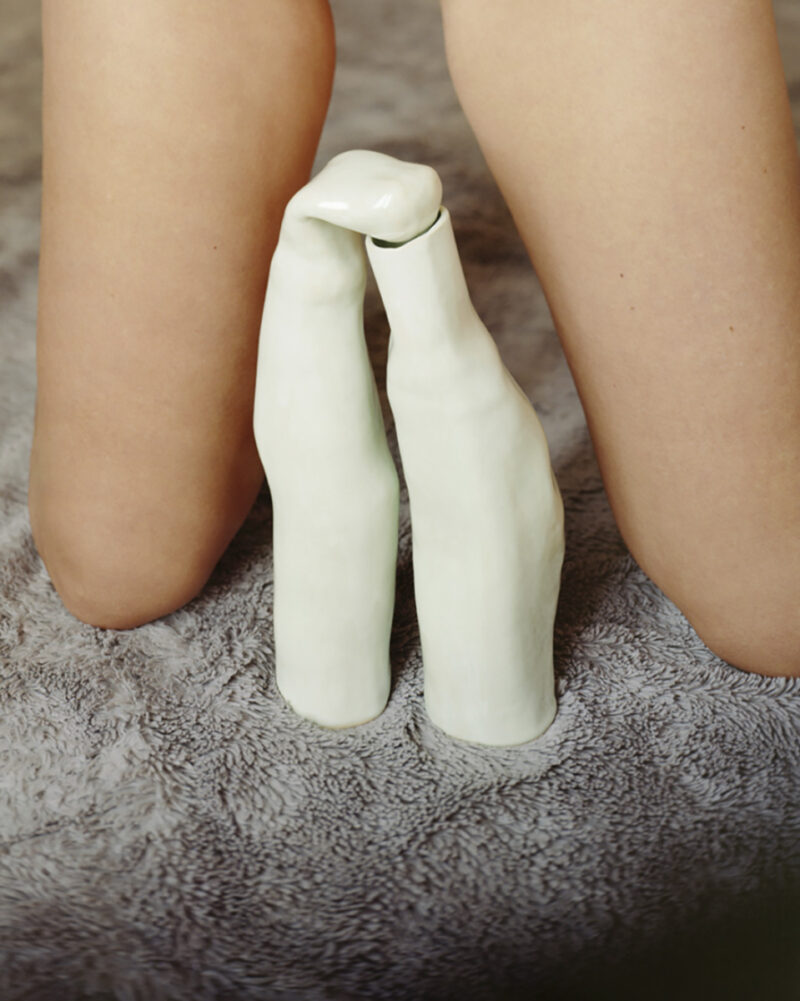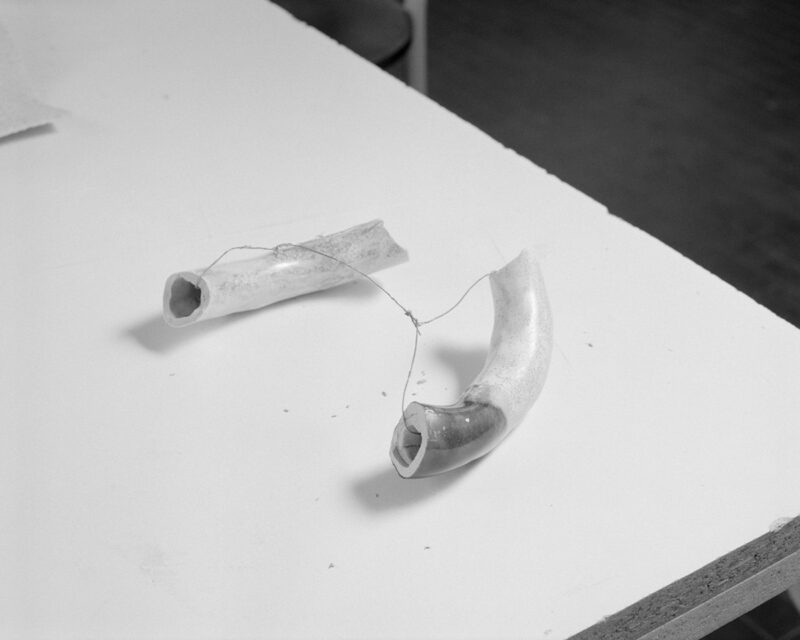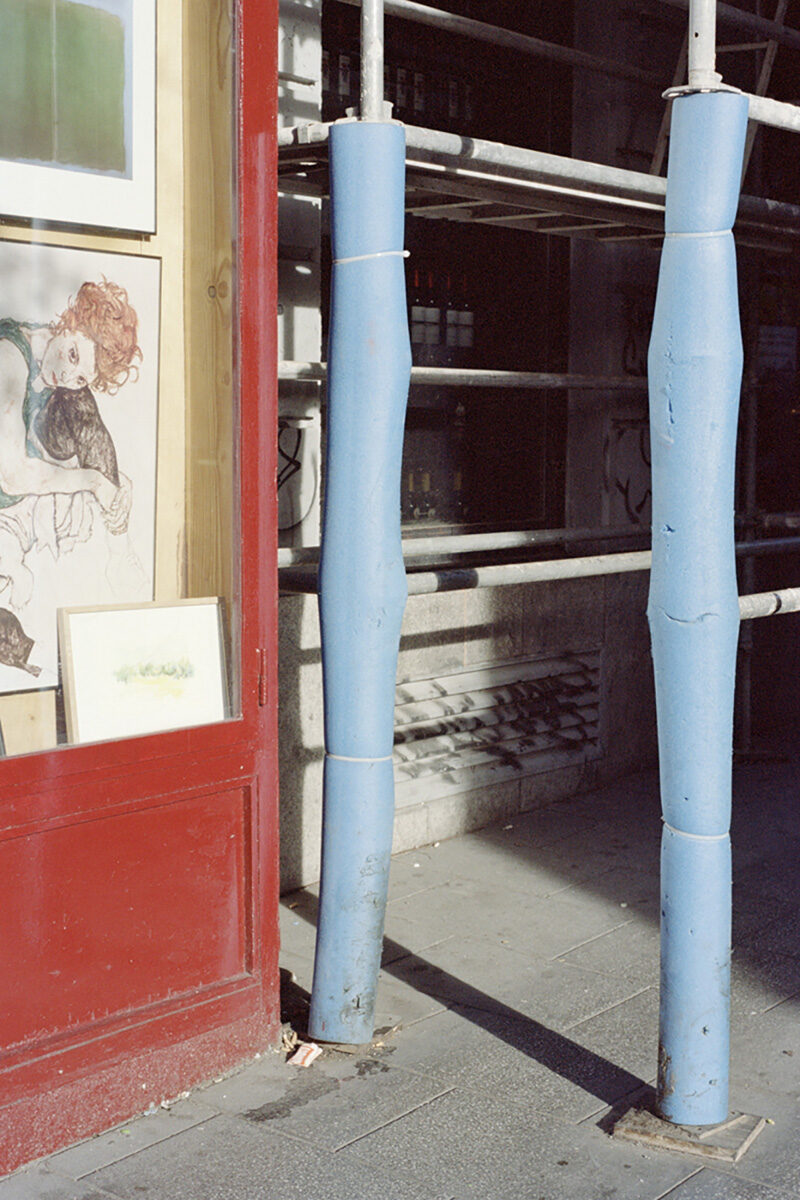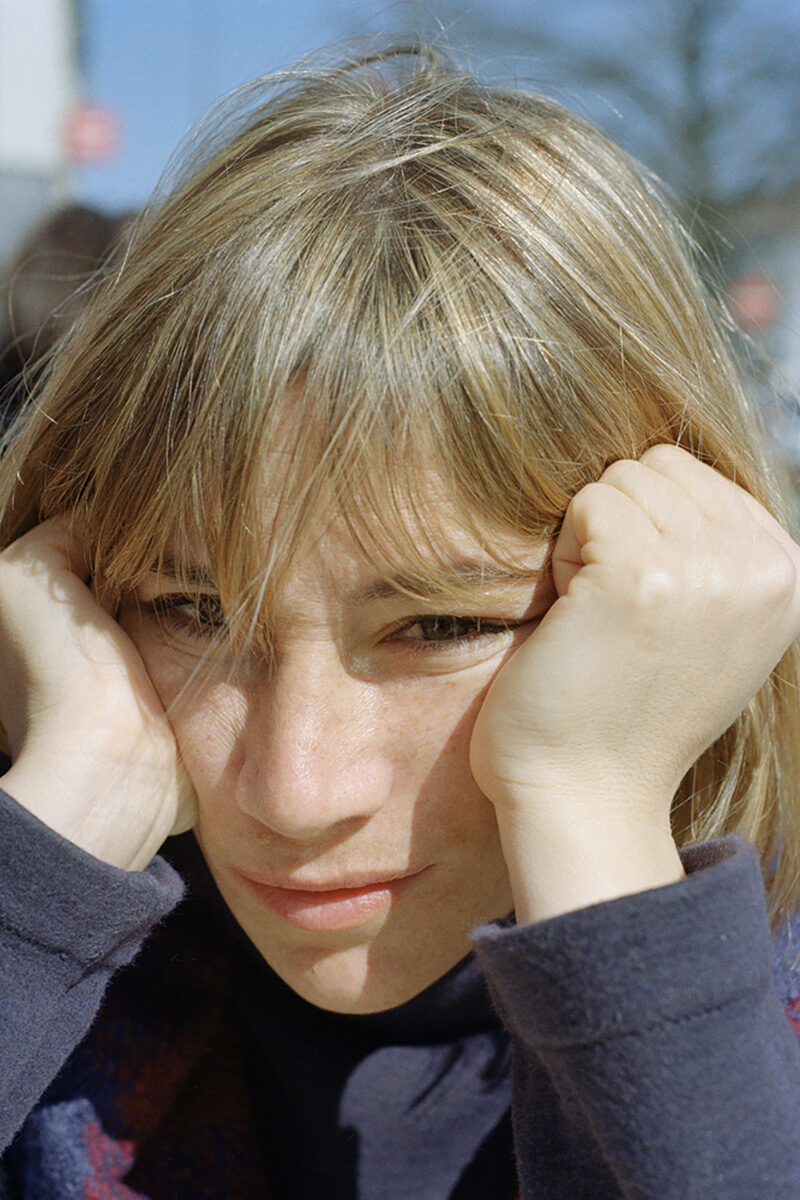Federico Clavarino after obtaining a Master in Literature and Creative Writing at the Holden School in Turin, 2007 he moved to Madrid where he has been teaching photography at BlankPaper School since 2011. In 2011 he presents his first book Ukraina Passport (Fiesta Ediciones), obtaining an honorable mention as best photography book of the year at PhotoEspaña. In 2014 he publishes together with the publishing house Akina Books his second project, Italy or Italy, whose original prints are exhibited in 2015 at FOTOGRAFIA – International Festival of Rome, and wins the sponsorship of La Caixa Foundation FotoPres with which he starts working on a new project, Hereafter, published in 2019 by Skinnerboox. Two more of his works are published in book format: The Castle (Dalpine, 2016) and The Vertigo (Witty Kiwi, 2017). The Castle is exhibited at PhotoEspaña in 2016 and at Rencontres D’Arles in 2017. Since 2016 he has been represented by the Viasaterna gallery, which in 2019 is exhibiting Eel Soup, a project developed together with Tami Izko. Also since 2016, he starts conducting workshops frequently, collaborating with academies (ISSP, ISIA, PICA), museums (CCCB, MACRO, Museo San Telmo, Arnolfini Centre), and universities (Universidad de Navarra, University of South Wales, Leeds College of Art, University of Roehampton). In 2020 he obtains a Master of Research from the Royal College of Art in London.
After studying Film in Buenos Aires and then Journalism in Madrid, in 2017 Tami Izko was introduced to the world of pottery while living in Lisbon and learned the practice from local artisans. Using the plasticity of clay, she focuses on the epidermal nature of this material that she then shapes into organic forms working as a reflection and abstraction of the self and the elements that configure it. In the context of this research, Tami Izko began collaborating with photographer Federico Clavarino in 2018 developing the series Eel Soup, in which sculptures and images negotiate in a dialogue revolving around intimacy, and the physicality and intersections of coexistence. She currently lives between London and Milan, where she’s continuing with her research around ceramics while working on a series of writing projects. One of the series she developed during lockdown earlier this year – Twofold – was featured in a joint publication between the Royal College of Art and the Design Museum. Tami Izko most recent work, Wounds, revolves around connections between memory, trauma, and resilience and was featured in Artissima Unplugged 2020. Bezoar, an exploration through clay that focuses mainly on our responsibility towards the extraordinary and the mechanisms behind magical thinking, is a work in progress she’s currently devoting most of my time to.
About Eel Soup – words by Federico Clavarino and Tami Izko:
By detecting magnetic fields, eels migrate to the Sargasso Sea to reproduce. They leave rivers behind and swim towards the Ocean to mate, after which they die. Their offspring will then swim back to the rivers, which are thousands of kilometres away. Their last journey is a lonely one, whereas newborns will make their way back to the rivers along with others, and there they will share a life together.
These viscous animals, whose tail and head are sometimes interchangeable to the human eye, symbolise the shifting processes that we work on with our media of choice: photography and ceramics. Sculpture is used as a means of re-appropriation of the female body: previously fragmented by the gaze of the photographer-voyeur, the ceramist’s body is put back together by the subject herself in the act of moulding clay into pieces that are at once abstract and organic.
After having shown Eel Soup as different installations, we decided to approach the book both as a space and as a process that allows us to broaden the scope of our dialogue and push the project further. We started by making both the objects and the photographs perform in the space of our studio: prints have been cut out, dismantled and put back together in different forms, while the bits and pieces found in the ceramic studio come into the picture, creating new sculptures in which the media we use are allowed a playful interaction. Photographs of the studio and the exhibition venues are sequenced together with the rest, as spatial and discursive extensions of the work. Pictures are repeated and re-performed as if they were gestures or objects seen from different sides at different moments. We also wanted to work on the book with a sculptural attitude, which means that the material aspects of bookmaking will be a fundamental part of our approach. The document we attached is an extract containing a series of spreads to give an idea of the strategies that we are using.
